In the world of track and field, hurdling stands out as one of the most technically demanding events. Unlike flat sprints, success in hurdles depends not just on raw speed but also on rhythm, precision, and the ability to maintain stride frequency between barriers. The concept of stride frequency, or step rate, in hurdling is a critical yet often overlooked aspect that separates elite hurdlers from the rest.
The Science Behind Stride Frequency in Hurdling
Stride frequency refers to the number of steps a hurdler takes per second between hurdles. While maximum sprint speed is important, maintaining an optimal step rate ensures that the athlete can efficiently clear each barrier without breaking momentum. Research has shown that elite hurdlers exhibit a remarkably consistent step pattern, typically taking three steps between hurdles in the 110m and 100m events. This rhythm allows them to approach each hurdle at the correct takeoff point while minimizing deceleration.
What makes this even more fascinating is how hurdlers adjust their stride length to accommodate their step frequency. Unlike sprinters, who can fully extend their strides, hurdlers must compress their steps slightly to position themselves for the next takeoff. This delicate balance between stride length and frequency is what creates the fluid, almost dance-like motion seen in top hurdlers like Aries Merritt and Sally Pearson.
The Role of Muscle Memory and Coordination
Developing the perfect stride frequency isn't something that happens overnight. It requires countless hours of drills and repetitions to ingrain the movement patterns into muscle memory. Hurdlers train their nervous systems to fire at precise intervals, ensuring their legs cycle at the exact rate needed to maintain their rhythm between barriers.
This neuromuscular coordination becomes particularly crucial when fatigue sets in during later stages of a race. As lactic acid builds up, maintaining that perfect step frequency becomes exponentially harder. This is why hurdlers spend so much time practicing when tired - they need to teach their bodies to maintain rhythm even when every muscle fiber screams to slow down.
The Psychological Component of Rhythm
Beyond the physical aspects, stride frequency in hurdling has a significant mental component. Elite hurdlers often describe being "in the zone" where the rhythm between hurdles feels automatic. This psychological state, known as flow, allows them to execute their race plan without conscious thought. The consistent cadence of their steps serves as a metronome, keeping them focused and in control throughout the race.
This mental aspect becomes particularly evident when something disrupts the hurdler's rhythm - a slight misstep or an imperfect clearance can throw off their entire step pattern. The best hurdlers have the mental fortitude to quickly reset their rhythm after such disruptions, a skill that often determines the outcome of close races.
Training Methods to Improve Stride Frequency
Coaches employ various drills to help athletes develop and maintain optimal stride frequency. Short hurdle drills with reduced spacing force hurdlers to increase their step rate, while overspeed training using tailwinds or slight declines helps them learn to maintain rhythm at higher velocities. Perhaps most importantly, countless repetitions at race pace ingrain the specific step pattern needed for competition.
Video analysis plays a crucial role in this process, allowing coaches and athletes to break down each segment between hurdles frame by frame. This technology enables precise measurement of step frequency and helps identify subtle inconsistencies that might be invisible to the naked eye. Many elite programs now use real-time feedback systems that provide immediate data on an athlete's step rate during training.
The Evolution of Stride Frequency in Hurdling
Historical analysis of hurdling reveals how stride frequency strategies have evolved over time. Early hurdlers often used four or even five steps between barriers, resulting in slower times and more erratic rhythm. The shift to the now-standard three-step pattern between hurdles represented a quantum leap in performance, allowing for greater speed maintenance throughout the race.
Modern training methods and better understanding of biomechanics have pushed this evolution further. Today's hurdlers achieve higher step frequencies than ever before while maintaining the power needed for explosive takeoffs. This continuous refinement of stride frequency management contributes to the steady improvement of world records in hurdling events.
Individual Variations in Optimal Frequency
While the three-step pattern between hurdles is standard at elite levels, the exact step frequency varies between athletes based on their physiology. Taller hurdlers might have a slightly lower step frequency but greater stride length, while shorter athletes compensate with quicker steps. The key lies in each athlete finding their personal optimal rhythm - the step frequency that allows them to maintain maximum speed between hurdles while positioning themselves perfectly for each clearance.
This individualization explains why copying another hurdler's exact rhythm rarely works. Coaches must work with each athlete's natural biomechanics to develop a stride frequency pattern that maximizes their unique strengths. This personalized approach has become increasingly sophisticated with advances in sports science and motion capture technology.
The Future of Stride Frequency Optimization
As technology continues advancing, we're seeing new tools emerge to further refine stride frequency in hurdling. Wearable sensors can now provide real-time feedback on step rate during training, while machine learning algorithms analyze vast amounts of data to identify subtle patterns in an athlete's rhythm. Some programs are even experimenting with virtual reality to help hurdlers visualize and internalize their ideal step frequency.
These technological advances, combined with deeper understanding of human biomechanics, suggest that we've only scratched the surface of what's possible in optimizing stride frequency for hurdling performance. As the sport continues evolving, the hurdlers who can best master this crucial aspect of their craft will continue pushing the boundaries of human performance over the barriers.
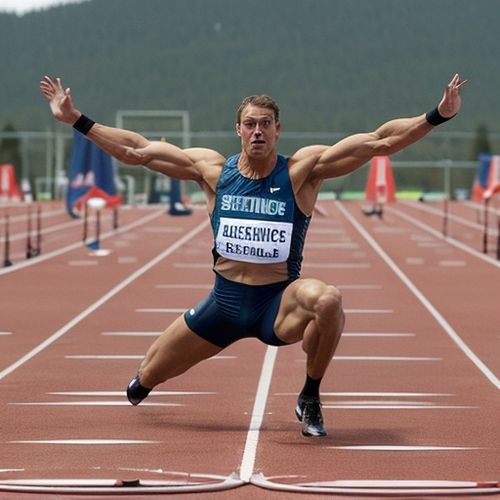
By Rebecca Stewart/May 8, 2025
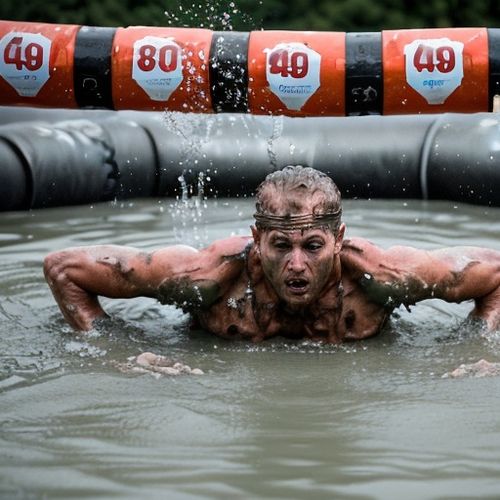
By Rebecca Stewart/May 8, 2025
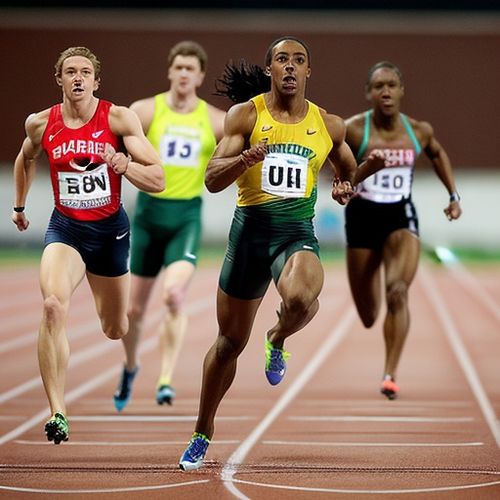
By Joshua Howard/May 8, 2025
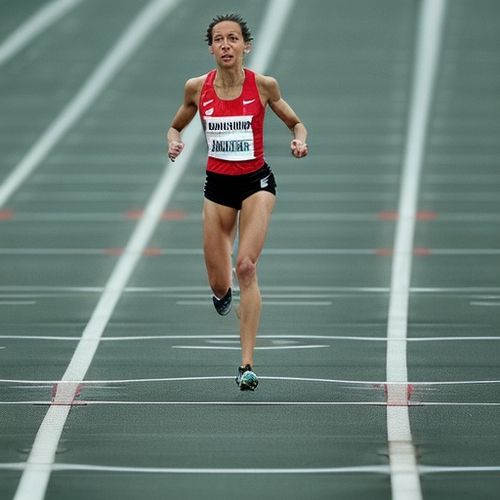
By Lily Simpson/May 8, 2025
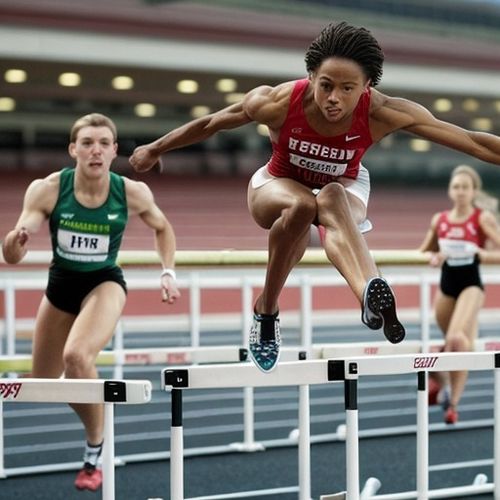
By Victoria Gonzalez/May 8, 2025
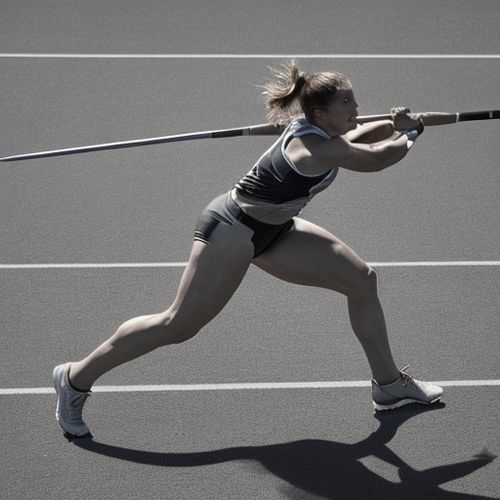
By Christopher Harris/May 8, 2025
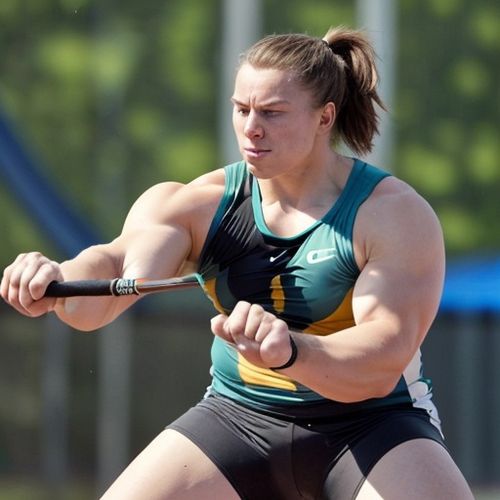
By Ryan Martin/May 8, 2025

By Megan Clark/May 8, 2025
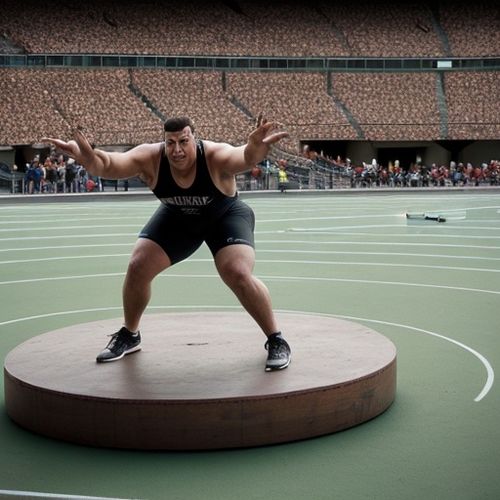
By Samuel Cooper/May 8, 2025

By Noah Bell/May 8, 2025

By David Anderson/May 8, 2025

By Megan Clark/May 8, 2025
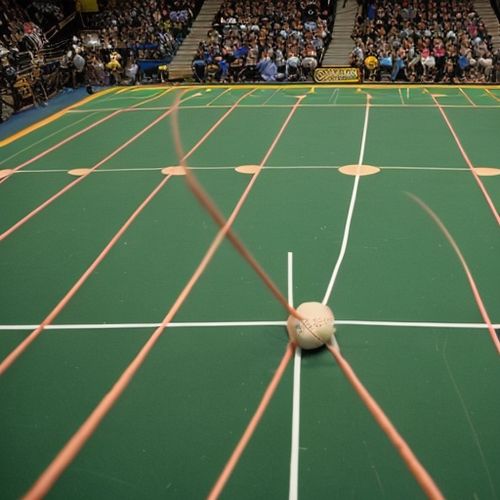
By William Miller/May 8, 2025
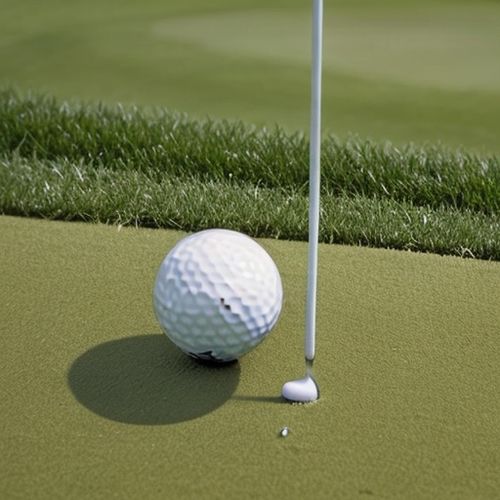
By William Miller/May 8, 2025

By Emily Johnson/May 8, 2025
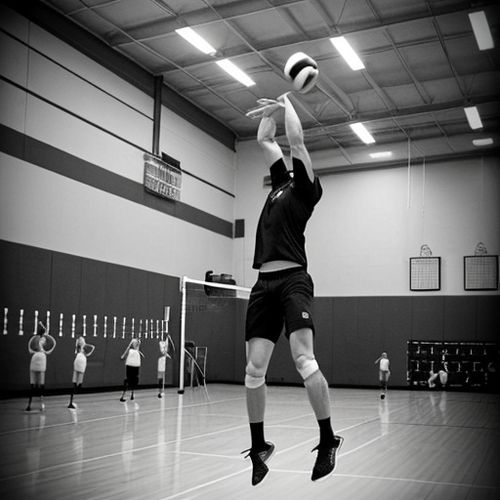
By Ryan Martin/May 8, 2025
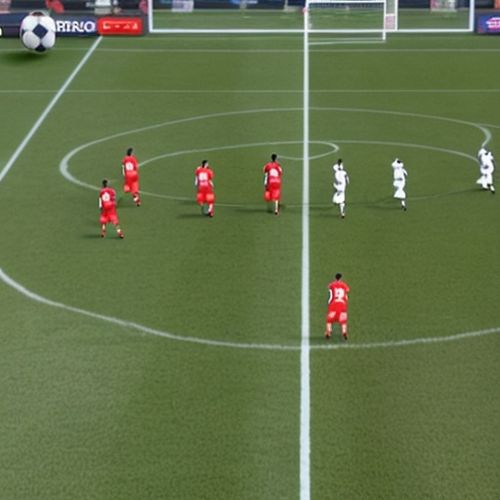
By Laura Wilson/May 8, 2025

By Eric Ward/May 8, 2025

By Joshua Howard/May 8, 2025

By Natalie Campbell/Apr 9, 2025